Fish soup, a culinary delight enjoyed across continents, is celebrated for its delicate flavor and nourishing qualities. However, achieving a balanced, aromatic broth without hints of unwanted fishiness requires careful attention to ingredient selection and preparation techniques. This article explores the science and culture behind deodorizing fish soup, offering a comprehensive guide to ingredients that transform a potentially pungent dish into a restaurant-worthy masterpiece.
The Science Behind Fishy Odors
Before diving into ingredients, it’s essential to understand why fish develops a strong smell. Fish contain trimethylamine oxide (TMAO), which breaks down into trimethylamine (TMA) during storage or cooking. TMA is volatile and carries a distinctive “fishy” odor. Additionally, proteins in fish release amino acids like inosine and guanine, which contribute to umami but can amplify off-flavors if not managed properly. The goal of deodorizing is to neutralize these compounds without masking the natural taste of the fish.
Ginger: The Time-Tested Ally
Ginger (Zingiber officinale) is a cornerstone of Asian cuisine for a reason. Its sharp, warming flavor contains zingiberene and gingerol, compounds that bind to and neutralize volatile sulfur compounds in fish. To use ginger effectively:
- Fresh vs. Dried: Opt for fresh ginger root. Grate or slice it thinly to release maximum aroma. Dried ginger powder lacks the same potency.
- Application: Sauté ginger in oil before adding fish or broth. This activates its enzymes, enhancing its deodorizing effect. For a subtle touch, add slices directly to the simmering soup.
- Cultural Note: In Chinese fish maw soup or Korean haejangguk (hangover soup), ginger is non-negotiable. It not only eliminates odor but also aids digestion.
Aromatic Alliums: Garlic and Onions
Allium vegetables—garlic, onions, leeks, and shallots—contain allicin, a sulfur compound that reacts with fishy amines. When heated, allicin transforms into diallyl sulfide, a potent odor neutralizer.
- Technique: Caramelize onions or sweat garlic in olive oil until golden. This mellows their pungency while maximizing flavor.
- Pro Tip: Avoid burning garlic, as bitterness can overpower the soup. Low-and-slow cooking is key.
- Regional Twist: In French bouillabaisse, sautéed fennel and leeks complement garlic, creating a harmonious base.
Citrus: The Zesty Neutralizer
Citrus fruits like lemons, limes, and yuzu are rich in citric acid, which lowers the pH of the broth. Acidic environments denature TMA and other alkaline compounds, reducing their volatility.
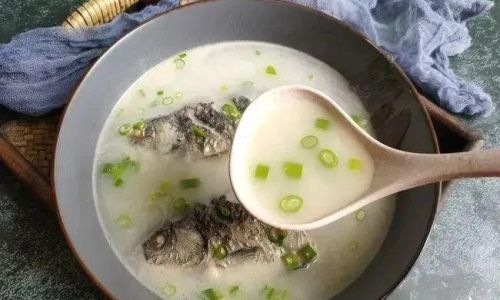
- Application: Squeeze fresh lemon juice into the soup just before serving. Overcooking citrus can impart bitterness.
- Zest Power: Grate citrus zest for aromatic oils without the sourness. A pinch of lime zest elevates Thai tom yum goong.
- Science Corner: Citric acid also tenderizes fish proteins, ensuring a melt-in-the-mouth texture.
Herbs: Freshness in a Bunch
Herbs like cilantro, parsley, dill, and mint contain chlorophyll and essential oils that counteract fishy notes.
- Cilantro: Its decanal compounds bind to TMA, reducing perceived fishiness. Add whole stems during cooking; leaves as a garnish.
- Parsley: Flat-leaf parsley’s apiol provides a grassy, peppery note. Use it generously in Mediterranean-style soups.
- Dill: Pair with mild white fish like cod. Its anethole complements creamy broths.
- Cultural Insight: In Scandinavian fiskesuppe, dill is as crucial as the fish itself.
Wine and Vinegar: The Alcoholic Edge
Alcohol dissolves fat-soluble odor molecules, while acidity neutralizes amines.
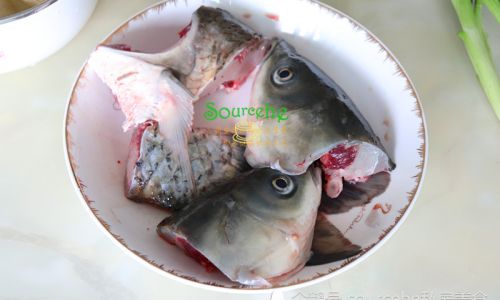
- White Wine: Use dry varieties like Sauvignon Blanc. Simmer to cook off alcohol, leaving a subtle fruitiness.
- Vinegar: Rice wine vinegar (Japanese su) or sherry vinegar adds complexity. A splash of balsamic can work in bold recipes.
- Caution: Excess vinegar may curdle dairy if used in creamy soups.
Fermented Ingredients: Umami Bombs
Fermented soy products like soy sauce, miso, and fish sauce introduce glutamates that mask bitterness while enhancing savory notes.
- Soy Sauce: Light soy sauce adds saltiness without overpowering. Dark soy contributes color.
- Miso: Whisk into hot broth off the heat to preserve probiotics. Red miso pairs well with robust fish like salmon.
- Fish Sauce: Use sparingly—a teaspoon can deepen flavor without adding fishiness.
Spices: Aromatic Firepower
Spices like white pepper, cumin, and coriander seeds introduce volatile oils that confuse olfactory receptors.
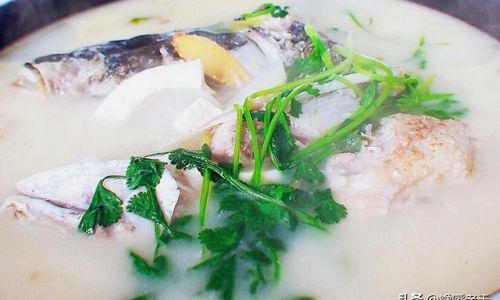
- White Pepper: Milder than black pepper, it adds warmth without harshness.
- Cumin: Toasted cumin seeds impart earthy notes to North African harira soup.
- Coriander: Ground coriander complements cilantro in Indian machli ka shorba.
Tomatoes: Acidity and Sweetness
Tomatoes’ glutamic acid and natural sugars balance bitterness. Their acidity also tightens fish proteins, reducing leaching of odor compounds.
- Fresh vs. Canned: Canned tomatoes offer concentrated flavor. Roast fresh tomatoes for depth.
- Pairing: Ideal with oily fish like mackerel. Think Portuguese caldeirada.
Dairy: The Creamy Solution
Milk, cream, or yogurt can bind to TMA through emulsification.
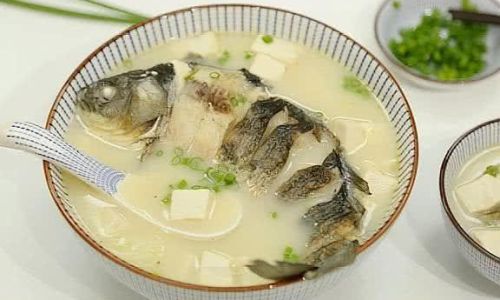
- Technique: Simmer fish in milk before straining. Use the infused milk as broth.
- Cultural Example: Swedish fisksoppa often uses cream for richness.
Preparation Techniques to Reduce Fishiness
Even the best ingredients fail without proper fish handling:
- Bleeding: Gut and bleed fish immediately after catching. Blood amplifies off-flavors.
- Scaling: Remove scales thoroughly, as they trap bacteria.
- Marinating: Soak fish in milk or a brine of salt and water for 20 minutes. The casein in milk binds to TMA.
- Searing: Cook fish skin-side down first to render fat, which contains most odor compounds.
Common Mistakes to Avoid
- Overcooking Fish: Fish becomes dry and releases more TMA. Poach gently until opaque.
- Using Stale Fish: Freshness is non-negotiable. Look for clear eyes, red gills, and a mild scent.
- Ignoring Fat Content: Oily fish like sardines require more aggressive deodorizing. Pair with acidic ingredients.
Cultural Variations in Deodorizing
- Asia: Ginger, soy, and citrus dominate. Vietnamese canh chua ca uses tamarind for tang.
- Europe: Saffron, fennel, and saffron threads in bourride (Provençal fish stew).
- Latin America: Achiote paste and lime in Mexican caldo de pescado.
Conclusion: The Symphony of Flavors
Eliminating fishy odors is not about erasure but balance. Each ingredient—ginger’s heat, citrus’s zing, herb’s freshness—plays a role in harmonizing flavors. Experiment with combinations: a squeeze of lime, a knob of ginger, and a splash of white wine can elevate a simple fillet into a gourmet experience. Remember, the best fish soup honors the fish’s natural taste while creating a broth that lingers on the palate—not in the nostrils.
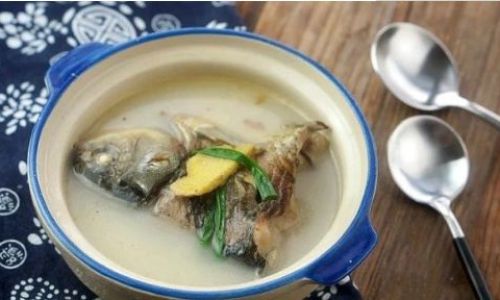
By understanding the chemistry of odor and embracing global culinary wisdom, even novice cooks can master the delicate dance of deodorizing fish soup. The result? A bowl of warmth that’s as inviting as it is nutritious.

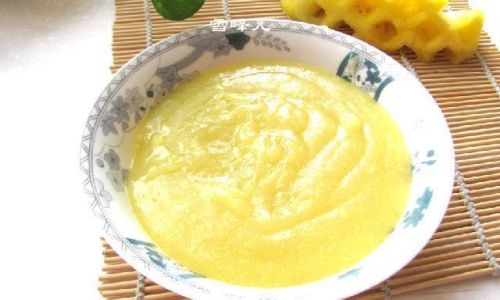
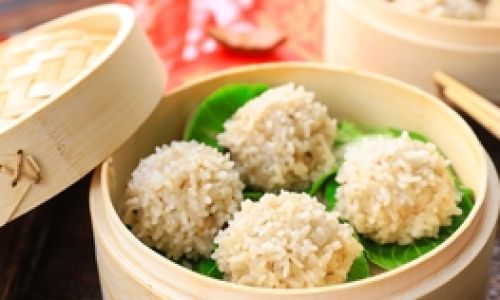



0 comments